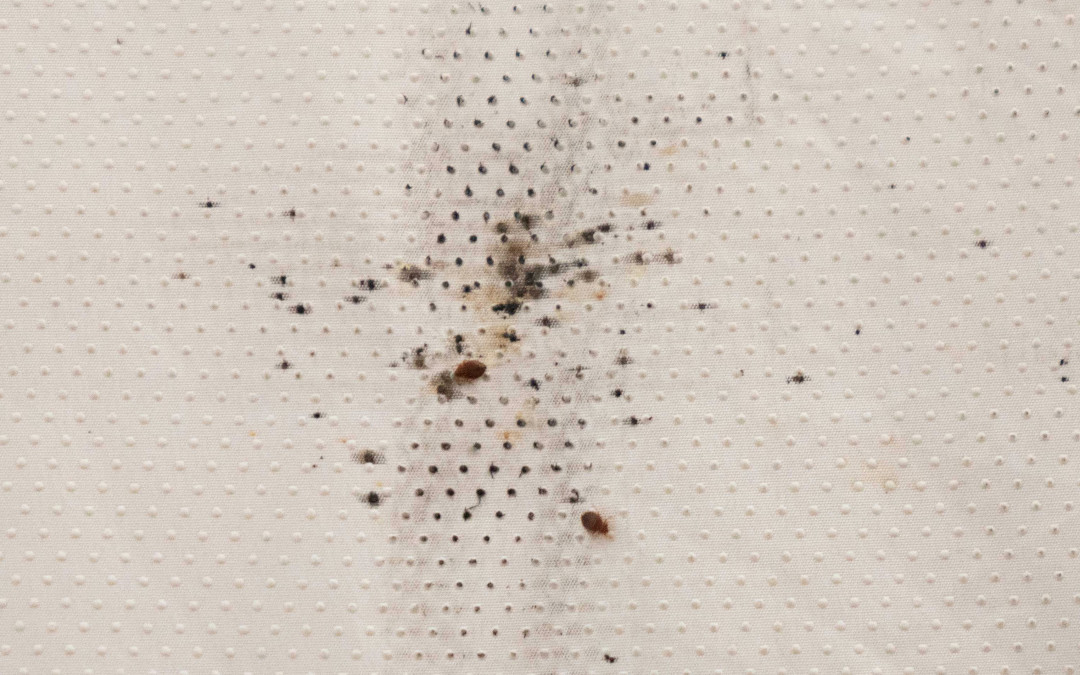Bed bugs are notorious for not only being difficult to eliminate from homes, but they may be the most difficult pests to detect within homes. Despite popular belief, bed bugs reproduce at a relatively slow rate, at least when compared to cockroaches, silverfish, flies and most other indoor insect pests. This makes bed bugs hard to detect during the first several weeks following their establishment within homes. A pest control professional cannot declare a home to be infested with bed bugs unless live specimens or viable eggs are found inside. Merely pinpointing common indications of a bed bug infestation, such as the presence of shed skins, dead specimens, blood spots on mattresses or bedding, and fecal spots, does not sufficiently prove that an active infestation remains ongoing. After all, these signs could have been left by long dead bed bugs from a previous infestation. Also, some of the most common signs of a bed bug presence could be mistaken for similar signs of an entirely different type of insect pest.
While blood stains, fecal stains, dead specimens, and shed skins do not prove that an active bed bug infestation exists, each one of these findings are nevertheless very helpful to pest control professionals. For example, during a bed bug nymph’s development, after hatching, they molt five times before reaching adulthood. Each molt sees nymphs shed their exoskeleton (skin), so shed skins are numerous within infested homes, especially within bed bug hiding spots, or “harborages” where the pests congregate during the daytime. Finding several dead skins in a single location means that the location must have been a bed bug harborage at one time, and the entire area should be thoroughly inspected for live bed bugs. It is also important to note that nymphs often hide in shed skins, and adult females sometimes place their eggs in shed skins to keep them protected. However, it is important not to confuse the shed skins of bed bug nymphs with those of cockroach and dermestid beetle nymphs, as they are all of similar appearance. Shed skins can be recognized for their translucence and for remaining hard and durable to the touch.
Have you ever found the shed skins of insects within your home?

